Deck & Commander Strategies

Tasigur, the Golden Fang
Mill opponents' libraries while leveraging graveyard and control elements to disrupt and steal resources, using powerful spells like Villainous Wealth to seize advantage.

King Macar, the Gold-Cursed
Utilize artifact synergies and vehicles with inspired abilities to control the board and generate incremental advantage, supported by new cards from recent sets.
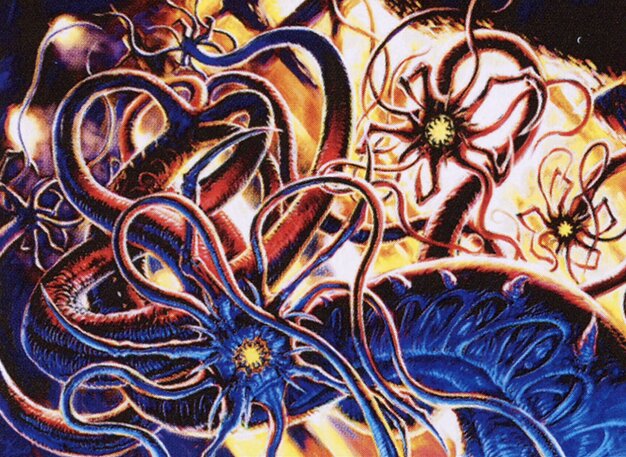
Ulasht, the Hate Seed
Ramp into large creatures and token generation, using synergy between big creatures and tokens to overwhelm opponents with board presence.
Dune-Brood Nephilim
Generate and recur lands aggressively with cards like Splendid Reclamation to produce sand tokens and fuel big spells, creating a strong mana base for explosive late-game plays.
Gameplay Insights
- 1
Tasigur’s use of Villainous Wealth provided a powerful way to disrupt opponents by exiling cards from their libraries and casting them for maximum value.
- 2
King Macar’s artifact and vehicle synergies, combined with inspired triggers, allowed for strong board control without needing to attack aggressively.
- 3
Ulasht’s deck leveraged token doubling effects and big creatures effectively, forcing opponents to divert resources to deal with the growing threat.
- 4
The Dune-Brood deck’s land recursion with Splendid Reclamation was a key resilience factor, enabling recovery after board wipes and enabling big mana turns.
- 5
The interaction between milling, artifact synergy, token generation, and land recursion created a complex battlefield where players balanced offense and defense carefully.
Notable Cards
-
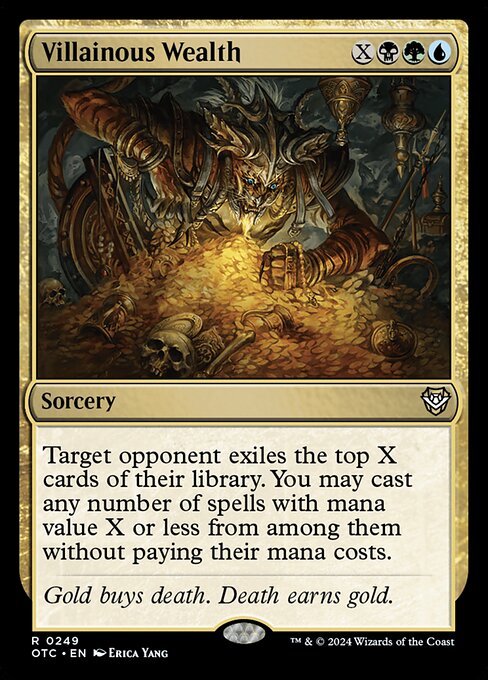
Villainous Wealth
-

Splendid Reclamation
-
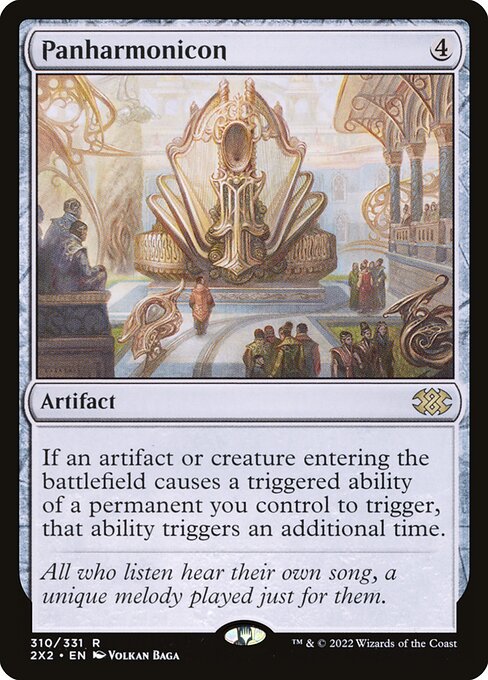
Panharmonicon
-

Paradox Engine
Gameplay Summary
The game featured a high-powered four-player Commander match showcasing proven winning decks from previous seasons.
Each player piloted a deck led by a notable commander: Tasigur, the Golden Fang; King Macar, the Gold-Cursed; Ulasht, the Hate Seed; and an old-school Dune-Brood Nephilim deck.
Early game development involved ramping and setting up board presence, with each deck leveraging its unique strengths.
Tasigur’s deck focused on milling opponents and taking advantage of powerful spells like Villainous Wealth to disrupt libraries and seize resources.
King Macar’s deck capitalized on artifact synergies, vehicles, and new cards from recent sets to generate incremental advantage and control the battlefield.
Ulasht’s strategy revolved around playing large creatures and token synergies to overwhelm opponents.
The Dune-Brood deck aimed to generate lands and utilize Splendid Reclamation for explosive land recovery and sand token generation, creating a strong mana base for big plays. As the game progressed, interactions between these different strategies led to dynamic board states with multiple threats and counterplays.
Key turning points included Tasigur’s ability to mill and disrupt opponents’ decks, King Macar’s artifact-based control and vehicle aggression, and Ulasht’s token and big creature synergy forcing opponents to respond.
The Dune-Brood deck’s land recursion provided resilience and late-game power.
The game revolved around balancing aggression and defense, with players attempting to leverage their decks’ unique mechanics to secure early kills while also preparing for inevitable board wipes and resource battles.
Ultimately, the match highlighted the versatility and power of these proven commanders and their decks, each aiming to outvalue and outlast the others through a combination of synergy, disruption, and explosive combos.
![Commander VS S7E1: Dune-Brood vs Ulasht vs King Macar vs Tasigur [MTG] thumbnail](https://i.ytimg.com/vi/Pgz8174J9dw/maxresdefault.jpg)

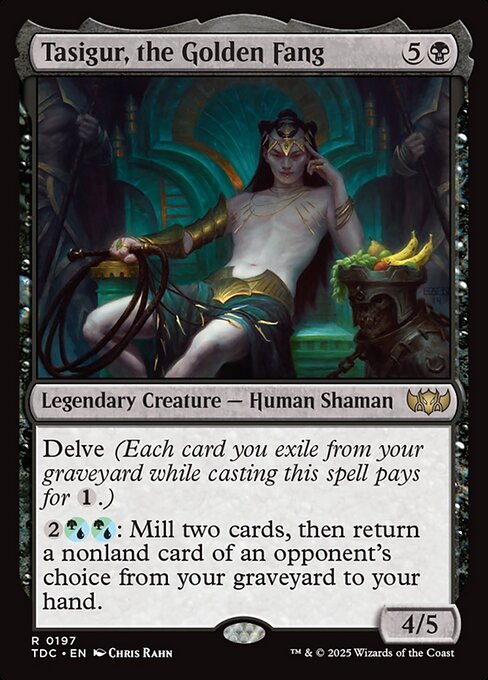
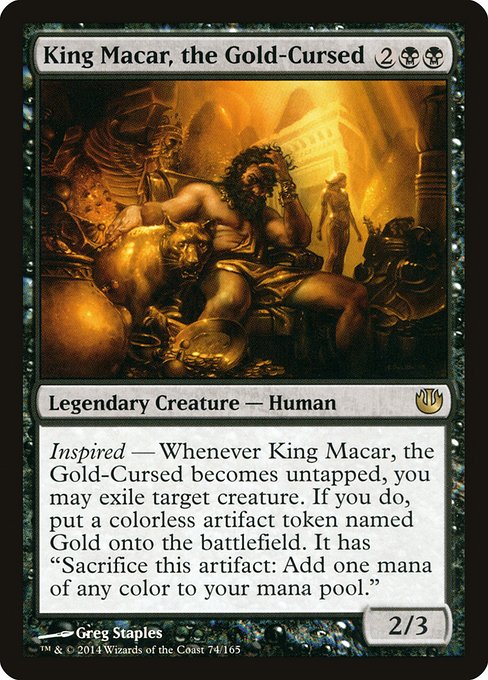


![Commander VS S14E6: Depala vs Zur vs Tasigur vs Jeleva [EDH] thumbnail](https://i.ytimg.com/vi/5ukCL9oaRww/sddefault.jpg)
![Commander VS S5E1: Liliana vs Tasigur vs Kangee vs The Mimeoplasm [MTG Multiplayer] thumbnail](https://i.ytimg.com/vi/u35l-cgkQEY/sddefault.jpg)
![Commander Versus Series: Deck Tech - Alesha v.Yasova v. Tasigur v. Shu Yun [MTG Multiplayer] thumbnail](https://i.ytimg.com/vi/kaP2tpQL_pM/sddefault.jpg)
![Commander Versus Series: Alesha v.Yasova v. Tasigur v. Shu Yun [MTG Multiplayer] thumbnail](https://i.ytimg.com/vi/H-r66JJFVLQ/sddefault.jpg)
![Commander VS S4E8: Kalemne vs Ben-Ben vs King Macar vs Riku [MtG: Multiplayer] thumbnail](https://i.ytimg.com/vi/LlBNha-y_mo/sddefault.jpg)

![Commander Vs S2E6: Ulasht vs Vorel vs Mirko Vosk vs Ghost Council [MtG: Multiplayer] thumbnail](https://i.ytimg.com/vi/LJUddrBSel8/sddefault.jpg)







